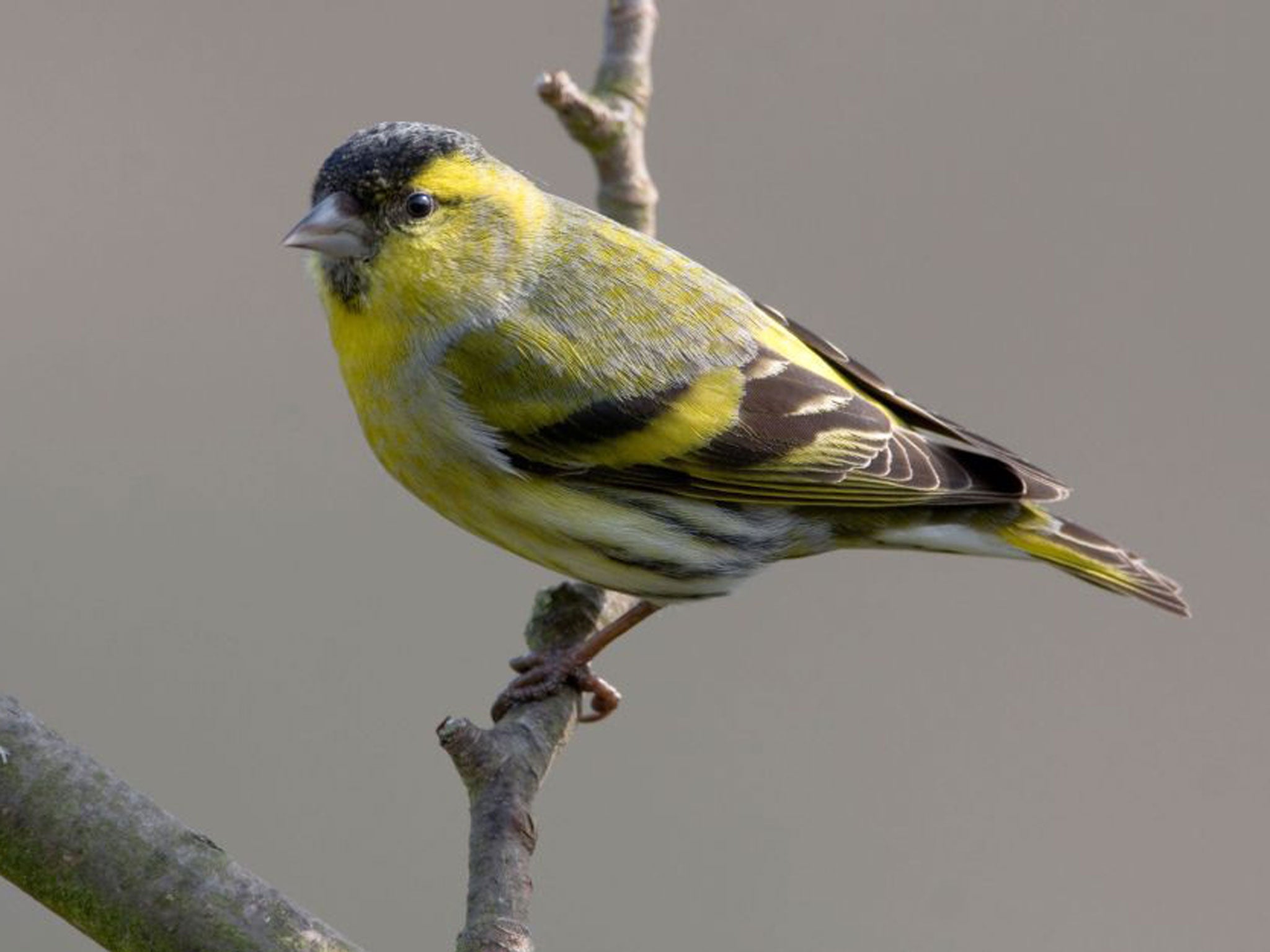A revelation in Kew: these gardens are not just a landscape – but a soundscape, too
What does birdsong mean? On a trip to Kew with naturalist and writer Mark Cocker, our writer found out

To be shown something new in a familiar landscape is an exhilarating experience, and it happened to me at the weekend with the Royal Botanic Gardens, Kew.
You go to Kew, generally speaking, to see plants, thousands of them from crocuses the size of your little finger to redwood trees 120ft high; its 300 acres house the world’s most fascinating plant collection, both of the wild and the cultivated, set in a series of striking leafy vistas all the more remarkable for being located at the edge of London’s South Circular Road.
But such a substantial green island in the urban sea is also interesting for its birds. The most evident these days are the ring-necked parakeets, screaming green flashes in the air which have become as typical of the place as its seasonal flower displays. Carrion crows and woodpigeons also abound, accompanied by magpies, jays and jackdaws, and the common garden songbirds: robins, wrens, blackbirds and blue tits, with the occasional song thrush.
It’s agreeable, the bird life of Kew, but you wouldn’t say it was special; at least, I wouldn’t have done, until last Saturday, when I took Mark Cocker there. Mark is a naturalist and writer familiar to many people as the author of Birds Britannica, the riveting encyclopaedia of the cultural aspects of our avifauna; he is also, on a more basic level, one of Britain’s leading birders, able to look at a dot two hundred yards away and tell you it’s a black redstart. Yet his visual skills are if anything exceeded by his aural skills; Mark has head-turning expertise with birdsong.
What Mark does is unlock the soundscape: he decodes the complex, surrounding birdsong mix of a given place. Twice before I’ve witnessed him do it – that is, separate out every single tweet, chirrup and whistle of the local birds and reveal how rich the avifauna really was.
Once was on the River Wye in Derbyshire, once in the Norfolk Broads; and on Saturday he did it with Kew, on his first visit. He picked up and identified the subtle and often-faint calls of a dozen species I had never seen there – besides picking up all the familiar ones – and sure enough, once he had located them by song, there they were in the binoculars (usually dots in the treetops).
He began with siskins, those charming glowing-green finches, and then picked up the calls of their cousins, goldfinches, and the much less familiar redpolls; then it was the turn of goldcrests, and coal tits, and long-tailed tits and great spotted woodpeckers, and then redwings and mistle thrushes, and a teal on the nearby Thames, while all the time the parakeets were screaming their heads off all around us. In Queen Charlotte’s Cottage Gardens, the wooded area, he suddenly said to me “There’s a predator about”, because the blue tits had begun giving alarm calls; sure enough, a few seconds later, a sparrowhawk flashed past.
I was astounded: I live around the corner from Kew and have been visiting regularly for 20 years. I thought I knew the place well, but it felt as if Mark was revealing a whole new dimension to it. It suddenly felt much richer in widlife, and even more to be cherished, and I said to him once again “I don’t know how you do it”, and he laughed and said: “Just 10,000 hours.”
That’s the fashionable sociological rule about how long it takes to be a success at anything. Mark said: “I should be good at it. I’ve been doing it for 40 years.”
Birdwatching books of 2013
Mark Cocker’s next book is a mammoth version of Birds Britannica for the whole world: Birds and People comes out this year from Random House, and it will be a significant event in a summer rich in ornithological publishing. Also eagerly awaited in 2013: Bird Atlas 2007-11: the Breeding and Wintering Birds of Britain and Ireland, by Dawn Balmer and others, from the British Trust for Ornithology, and Ten Thousand Birds: Ornithology since Darwin by Tim Birkhead, from Princeton University Press.
Subscribe to Independent Premium to bookmark this article
Want to bookmark your favourite articles and stories to read or reference later? Start your Independent Premium subscription today.

Join our commenting forum
Join thought-provoking conversations, follow other Independent readers and see their replies